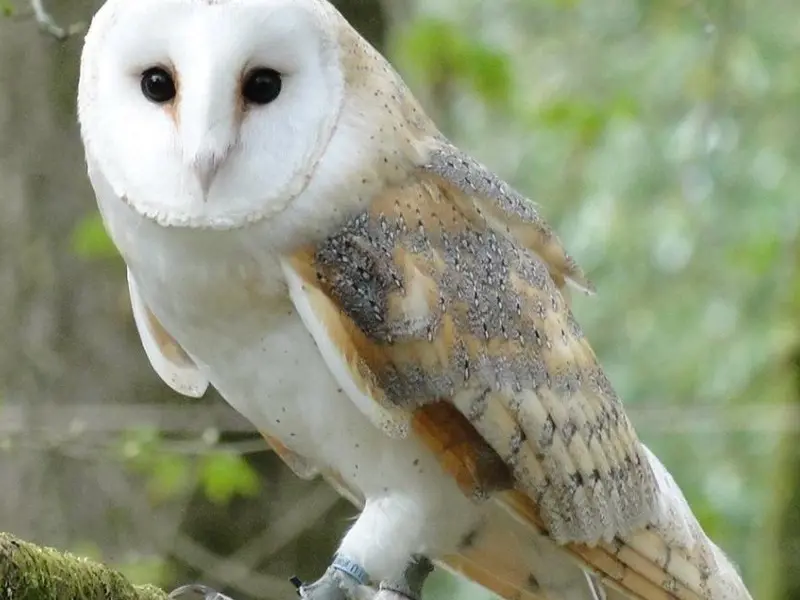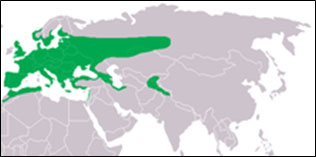“No one will protect what they don't care about; and no one will care about what they have never experienced.” — Sir David Attenborough

Barn Owl
Orchid and Allan
Orchid
Orchid's 'hatch day' is 1st August 2012. She is a female Barn Owl with a speckled chest. A real diva — she's beautiful and she knows it! You can watch her circling silently over your head during our flying displays.
Allan
Allan was hatched on 25th September 2010. You can tell that Allan is a male Barn Owl because he has a pure white chest. He loves meeting visitors to the Centre and regularly gets up close to them on the Private Experiences. At times, Allan will find someone in the Garden who he likes the look of, and he will follow them around even though they don’t have any food for him!
Barn Owl Facts
Tyto alba
Territory / Location
The barn owl is found almost everywhere in the world except polar and desert regions, Asia north of the Himalayas, most of Indonesia, and some Pacific islands. Barn owls are not particularly territorial but have a home range inside which they forage.
Habitat
Barn Owls require large areas of open land over which to hunt. This can either be marsh, grasslands, or mixed agricultural fields.
Conservation Status
Least Concern

Diet
Barn owls specialise in hunting along the edges of woods or in rough grass strips adjoining pasture, it also hunts by day animals on the ground and nearly all of their food consists of small mammals which they locate by sound, their hearing being very acute.
Size / Weight
Females being 33 and 39 cm long, 80 to 95 cm wingspan.
Weighs 224 to 710 g
Nesting
They mate for life unless one of the pair gets killed, when a new pair bond may be formed. Breeding takes place at varying times of year according to locality, with a clutch, averaging about 4 eggs, being laid in a nest in a hollow tree, old building or fissure in a cliff.
Life Expectancy
4 years old average age,
15 years oldest recorded in the wild , can live up to 20 years old in captivity however, most Barn Owls die young. Of those that fledge, approximately 70% die in their first year.
Scientific
Classification
KINGDOM
Animalia
PHYLUM
Chordata
CLASS
Aves
ORDER
Strigiformes
FAMILY
Tytonidae
GENUS
Tyto
SPECIES
T. alba
Did you know?
Although the barn owl, is not considered to be a threatened species of animal, the barn owl population numbers have severely decreased over the years due to pollution and habitat loss as the barn owls are finding it harder and harder in some areas to find food. Despite this being true, the barn owl population in the UK is thought to be increasing again.









